Article Library
Showing 1-12 of 47
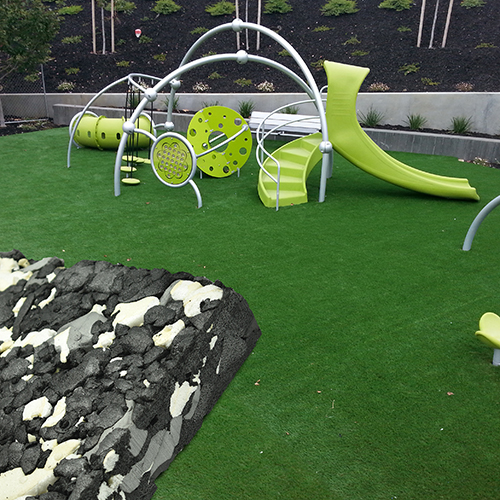
Best 7 Fall Protection Surfaces For Playgrounds 20'' - 10'

What Is The Cost Of Installing Playground Turf?
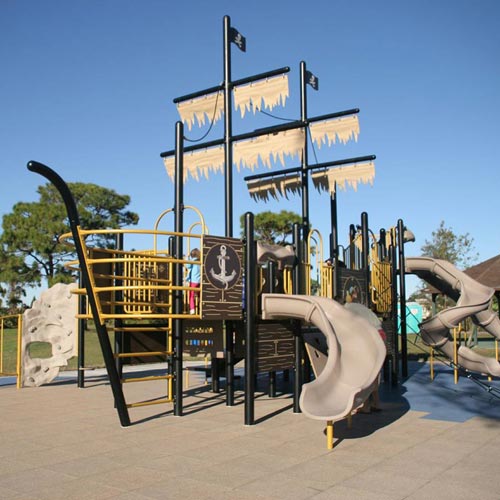
Playground Floors - The Top 2 Materials

Why Use Padding Under Playground Turf?
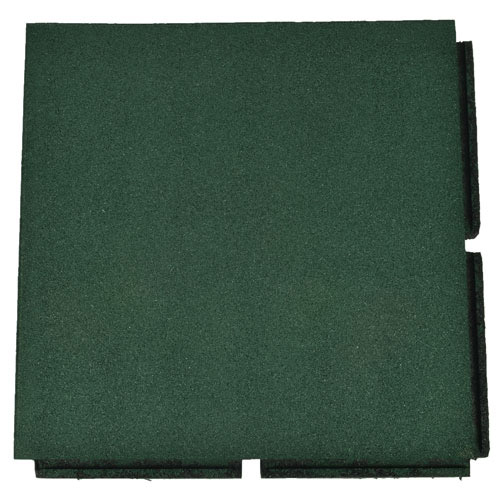
Interlocking Park Playground Mats - Rubber Outdoor Safety Flooring
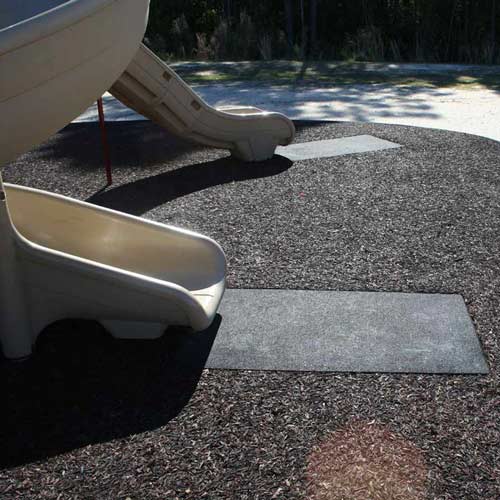
Playground Mats vs. Playground Tiles
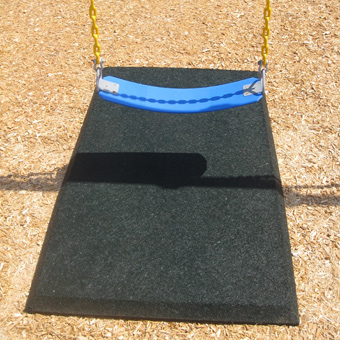
Playground Safety Using Swing Mats and Slide Landing Mats
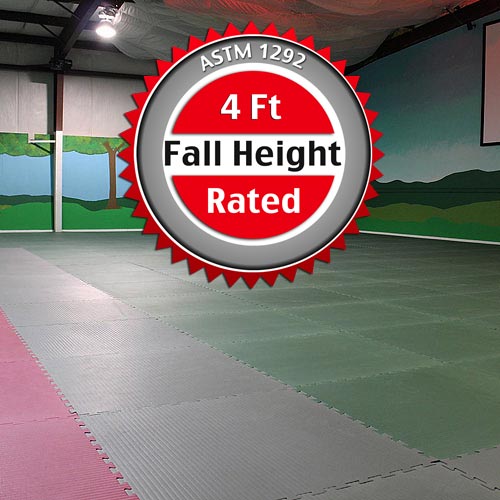
What's The Ideal Thickness For Playground Tiles?

What Is Fall Protection Flooring?
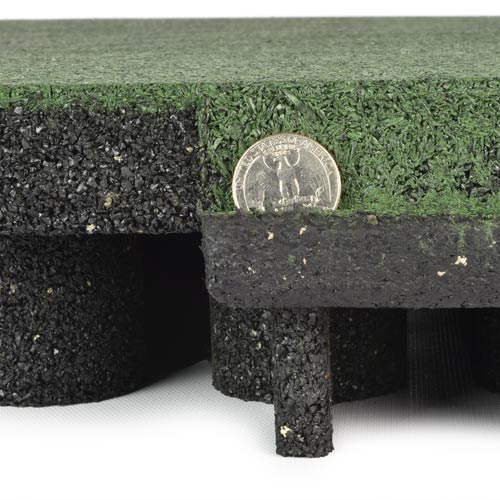
Sterling Playground Safety Tiles: Thick Rubber Flooring
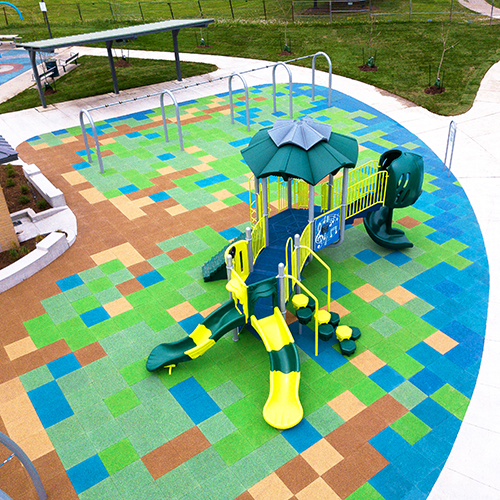
How Much Does It Cost To Install Rubber Playground Flooring?
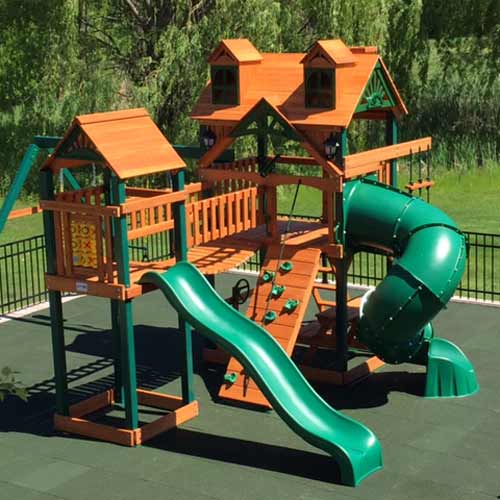
Are Recycled Rubber Playground Mats Safe for Kids?

Types of Playground Flooring
At Greatmats, we offer playground flooring in several different materials and formats, providing plenty of options to fit the use case and design ideas you have in mind.We have soft material that’s perfect for indoor playground mats, durable outdoor materials for a backyard or park, and everything in between.
Indoor and Outdoor Playground Flooring
Indoor playgrounds offer a place to play regardless of weather. Having a safe, cushioned material in place makes these spaces even more popular.
Outdoor playgrounds need safe materials, too, but they also must be able to stand up to any kind of weather and temperature.
Select Among Tiles, Mats, or Rolls
Playground tiles are easy to assemble, as they often have an interlocking edge that doesn’t require glue. You can save money on a DIY installation with these puzzle-edge tiles.
Straight-edge mats can go directly underneath a swing set or at the end of a slide, protecting these areas from forming ruts.
Rolls of turf look great, approximating the look of natural grass, but they are challenging to install properly.
Playground Material Options
- Rubber is a popular choice for a playground installation, thanks to its durability.
- EVA foam has a soft configuration, which helps protect kids in case they fall.
- PVC plastic offers many of the same benefits of rubber and foam in one material.
- Artificial turf is perfect for installations where you want the inviting look of bright green grass all year round without the maintenance requirements.
Top Playground Mats and Floors with ASTM-Rated Fall Protection
- Sterling Playground Tiles vary from 2.25 to 5 inches thick. The 2.25-inch models are rated safe for a fall of 4 feet. For more cushioning, 5 in. is rated for a critical falling measurement of 10 feet. They carry a 10-year warranty.
- Blue Sky Interlocking Playground Tiles measure between 2.25 and 4.25 inches in thickness. With 3.25 inches, they have an 8-foot fall protection rating. They come with a 5-year limited warranty.
- Our 1-1/2-inch Indoor Playground Flooring Tiles have a 4-foot ASTM critical rating for fall protection. They are nice for inside use.
- Among our PVC offerings, both the StayLock Perforated Tiles and the Ergo Matta Perforated Tiles are 9/16 inches thick. Both have a 20-inch critical fall height rating for protection in the event of an accidental fall.
Playground Flooring Q&A
How do you buy playground flooring?
The most important aspect of an outdoor playground mat is safety. The playground mats need to protect kids from potential falls. Our playground rubber mat offers durability, too, ensuring you are receiving good value.
Can you install a playground over grass or dirt?
Creating a play area for kids over the top of grass or dirt is easier when you deploy playground rubber tiles. This playground padding prevents mud, reduces maintenance requirements for the area, and is ready to use immediately after a rainstorm.
How much does playground flooring cost, and what are the best options?
- Rubber playground mats cost about $5 to $8 per square foot and provide maximum durability.
- Artificial turf for a playground costs $3 to $6 per square foot for a grass-like look.
- PVC plastic and EVA foam cost $3 to $5 per square foot and are easy to install as a DIY project.

